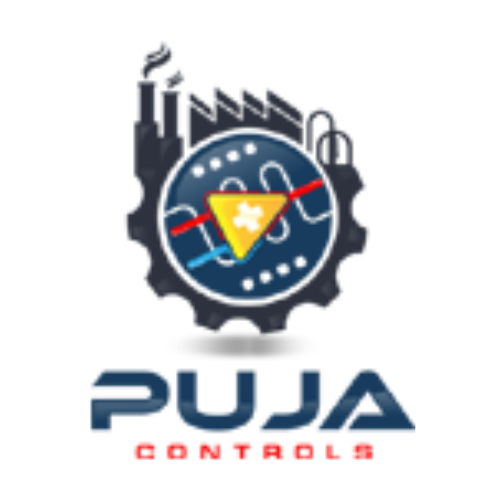In the fast-paced world of software development, ensuring the quality of a product while meeting tight deadlines is paramount. Manual testing, while effective, can be time-consuming and prone to human error. This is where software test automation comes into play, offering the promise of faster, more efficient testing processes.
Understanding Software Test Automation
Before delving into the tools and strategies, it’s crucial to grasp the concept of software test automation. At its core, automation involves using specialized software to execute predefined test cases, validate outcomes, and compare results against expected behavior. This approach significantly reduces the need for manual intervention, thereby accelerating the testing process.
Choosing the Right Tools
Selecting the appropriate automation tools is vital for the success of any testing initiative. Several factors come into play when making this decision, including the nature of the project, the technology stack involved, and the team’s expertise. Here are some popular software test automation tools worth considering:
- Selenium: Renowned for its versatility, Selenium is a widely used open-source tool for automating web applications. With support for multiple programming languages and browsers, Selenium empowers testers to create robust automation scripts efficiently.
- Appium: For mobile application testing, Appium is a top choice among developers. This open-source tool allows for cross-platform testing of native, hybrid, and mobile web apps, making it indispensable for ensuring the quality of mobile software.
- Jenkins: Continuous integration and continuous delivery (CI/CD) are integral components of modern software development pipelines. Jenkins, an open-source automation server, plays a crucial role in automating build, test, and deployment processes, thereby facilitating rapid and reliable software delivery.
- Katalon Studio: Offering a comprehensive suite of features, Katalon Studio simplifies test automation for both web and mobile applications. Its intuitive interface, coupled with robust scripting capabilities, makes it an attractive option for teams seeking to streamline their testing efforts.
Strategies for Effective Test Automation
While having the right tools is essential, implementing effective strategies is equally crucial for maximizing the benefits of test automation. Here are some strategies to consider:
- Identify Test Cases for Automation: Not all test cases are suitable for automation. Focus on automating repetitive, time-consuming tests that are critical for ensuring the functionality and stability of the application.
- Maintain Test Data Integrity: Ensure that test data remains consistent and relevant throughout the automation process. Implement data-driven testing techniques to handle various input scenarios efficiently.
- Prioritize Test Suites: Divide test cases into different suites based on their priority and relevance. This enables teams to execute critical tests first, thereby minimizing the time required for validation.
- Regular Maintenance and Updates: Automation scripts require regular maintenance to adapt to changes in the application under test. Keep scripts up-to-date and refactor them as needed to ensure compatibility with evolving software versions.
- Collaboration and Knowledge Sharing: Foster a culture of collaboration within the testing team, encouraging knowledge sharing and cross-training on automation tools and techniques. This ensures that automation efforts are sustainable and scalable in the long run.
Software test automation, when implemented effectively, can significantly enhance the efficiency and reliability of the testing process. By selecting the right tools and adopting sound strategies, teams can streamline their testing efforts, accelerate time-to-market, and deliver high-quality software that meets the demands of today’s dynamic market landscape.

